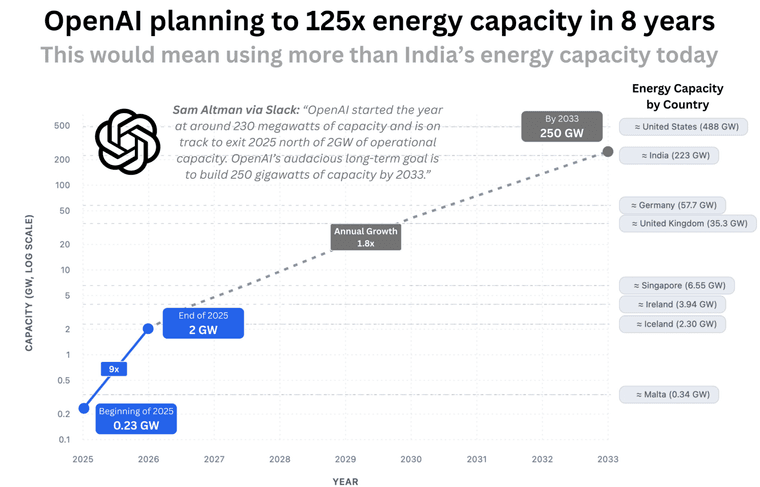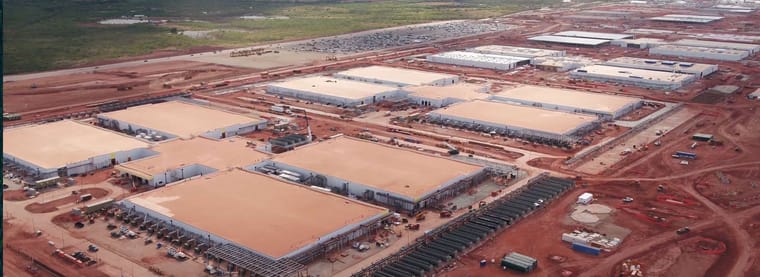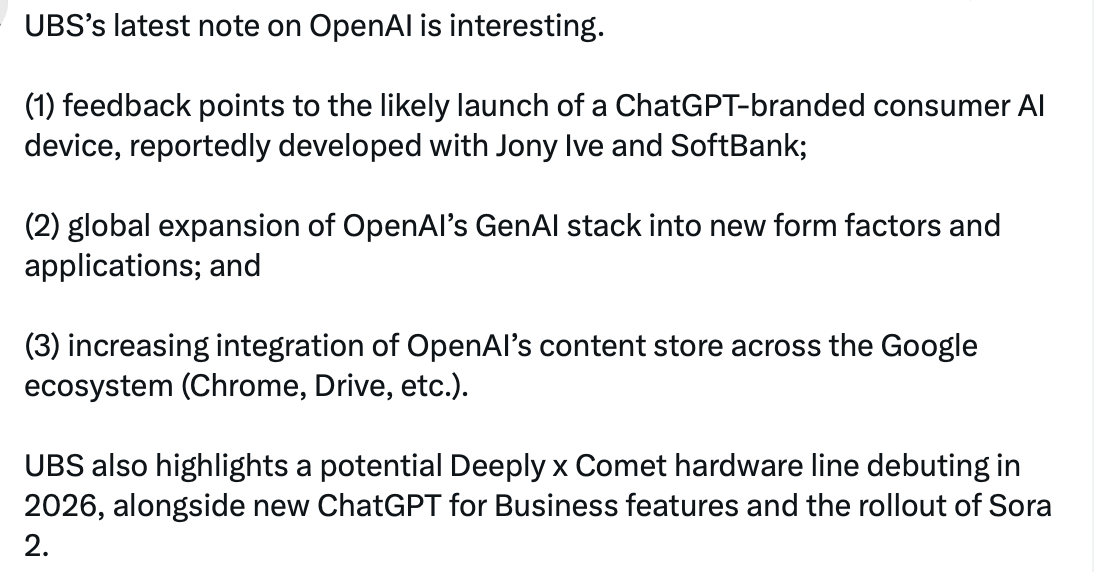General News
-
BREAKING: Elon Musk reveals SpaceX & Starlink aim to make mobile phones connect directly to Starlink satellites with new chipsets in ~2 years, enabling global high-bandwidth connectivity without regional carriers.
This could be just 'Elon speak' however it's an interesting development. I'd definitely be interested
-
Nothing particularly new, just the next step really.
-
I think....
SpaceX’s Starlink Direct-to-Cell uses its low-orbit satellite network to connect smartphones without a carrier, offering seamless texts, calls, and maybe even video streaming soon. It’s automatic, no fiddling about pointing your phone at the sky. Apple’s setup, using Globalstar, needs you to aim your iPhone (14 or later) at a satellite for emergency texts or iMessages, but it’s slow and limited to specific uses. -
BREAKING: Elon Musk reveals SpaceX & Starlink aim to make mobile phones connect directly to Starlink satellites with new chipsets in ~2 years, enabling global high-bandwidth connectivity without regional carriers.
This could be just 'Elon speak' however it's an interesting development. I'd definitely be interested
@Adam-Kay said in General News:
BREAKING: Elon Musk reveals SpaceX & Starlink aim to make mobile phones connect directly to Starlink satellites with new chipsets in ~2 years, enabling global high-bandwidth connectivity without regional carriers.
Interesting. And probably inevitable.
I recall reading articles about 15 years ago about the use of satellite 'phones (way back in their infancy then), and how useful they were to terrorist groups as they work anywhere (i.e the middle of the desert) and very easily side-step national legislation about use and security. The huge downside then was the cost of the things, both to buy and use. If our buddy Elon is producing a system which will make this readily available and cheap then it'll make life interesting for some guys in certain offices in London/Washington/Berlin/etc.
However this is an aside and not central to the discussions here!
-
Insight into Open AI's ambitious plans. Growing to 250GW of compute over the next 8 years. We can take a 'believe it when I see it' position, however their moves of late would suggest they are serious. If we summed total power consumption in the UK+Germany today and 3X'd it. This is how much power 250GW is.
In today's $$, this equates $8.75T. Clearly OpenAI are aiming to be the goto majority provider of Intelligence
If anyone is interested there is a long podcast with jensen as the guest. He isn't playing

https://www.youtube.com/watch?v=pE6sw_E9Gh0
-
12 months ago this was just dirt. Going further and faster
 I wonder how long it would take to build this here? 10 years?
I wonder how long it would take to build this here? 10 years?That is one giant data centre and when all of this is finished it will be about 1.5GW and $50B

-
Following the B2g podcast mentioned above some discussions around capacity and demand were postulated. Here is the discussion:
During this time( prior 18 months), advancements in algorithms and hardware boosted efficiency by approximately 10-15 times, meaning Google needed to scale up its accelerated compute for token generation by 3-10 times. This suggests Google increased its accelerated compute by roughly 3 times, likely reallocating resources from training, recommendation systems(search), and other areas to support token production.Key algorithmic breakthroughs (such as Flash Attention, quantisation, and a whole lot of very technical 'stuff') have driven much of this efficiency.
However, the industry is heavily reliant on hardware improvements to sustain progress.Historically, Moore’s Law and Dennard scaling enabled consistent gains in compute per watt. Now, the sector depends on NVIDIA, Google, AMD, and others to deliver 2-4x performance improvements per hardware generation (Huang’s Law).
The exponential growth in demand often overwhelms human systems, which are wired to think linearly.Current estimates place global accelerated compute capacity at around 8 gigawatts, with projections suggesting a 10-fold increase to 80 gigawatts by 2030 .Even if this capital expenditure is fully realised and NVIDIA maintains its aggressive yearly roadmap (doubling performance annually), a 10x increase in power should yield roughly a 50x boost in compute capacity.
Google’s data indicates a 100x surge in AI usage within a single year. Companies like OpenAI, Google, and Anthropic are grappling with persistent compute shortages, with every new unit of compute immediately consumed to meet user demand. This constraint persists even before factoring in emerging fields like advanced video/world models, robotics, or long-term reasoning for groundbreaking discoveries.
**What could alter this path? If algorithmic breakthroughs outpace the exponential rise in current and future demand. Investors were rattled by DeepSeek’s release earlier this year, but its efficiency gains were overshadowed by the surge in demand driven by enhanced reasoning capabilities.
What this suggests is in spite of the aggressive expansion, we will most likely remain constrained for the next decade+
-
OpenAI has surpassed Elon Musk's SpaceX to become the world’s most valuable startup, now valued at $500 billion following a secondary stock sale.
Backed by Microsoft and Nvidia, OpenAI saw current and former employees sell around $6.6 billion in shares to investors including SoftBank, Thrive Capital, T. Rowe Price, Dragoneer Investment, and Abu Dhabi’s MGX. The sale fell short of the USD 10 billion authorised, signalling strong employee confidence in OpenAI’s long-term prospects. AI’s rise now eclipses aerospace in venture valuations—a milestone that will likely leave Elon Musk quietly fuming.
Im sure Musk will say 'hold my beer' and raise another $XXX Billion

-
Hitachi, a $50 billion USD Japanese conglomerate, has forged a strategic partnership with OpenAI to advance AI infrastructure and global data centre expansion, as reported by Nikkei.
Signed in Tokyo by Hitachi President Toshiaki Tokunaga and OpenAI CEO Sam Altman, the deal positions Hitachi to supply essential power transmission, cooling, and distribution equipment for OpenAI’s AI data centres, capitalising on the surging demand for AI infrastructure. In return, OpenAI will provide its advanced large language model to enhance Hitachi’s Lumada digital platform, enabling smarter IoT and industrial solutions.
The partnership, formalised through a memorandum of understanding, drove Hitachi’s stock up approximately 10% on the Tokyo exchange, reflecting investor confidence in its growth potential within the AI sector.
-
Consumer products-whiffs of Apple(from OpenAi)Ive?

-
Cobens Tech hit +40% YTD today. Congratulations to all investors. Past performance is no indication of future returns.
-
Good news, onwards and upwards, well done all involved.
-
It's done very well-even exceeding “Biff Tannen’s Fantasy Fund”
“Nothing says ‘visionary investor’ like perfect hindsight.”
-
Is tech still invested in the same companies mentioned a few months ago or has there been any changes. Thanks Jason
-
Cobens Tech hit +40% YTD today. Congratulations to all investors. Past performance is no indication of future returns.
-
yes, just noticed that. It should be shortly-they are doing some maintenance . The values are up on the day
-
China sabre rattling again over rare-earth metals. What's all this noise about? Nvidia, 100%.
We said it recently, China wants better silicon, not just the nerfed H20. They want Blackwell and imo Trump will give it to them. Or at least a pathway to B200 and B300, likely as the West moves onto Rubin-just keeping them behind somewhat.
The positive take away being, Nvidis is the Star of the show and Jensen has DTs ear.
In other news It is clear that Jensens very recent praise of Elon Musk and direct investment 'in everything Elon does' is a play to counter the OpenAi/AMD deal. So now get ready for even bigger Colossus investment. SMCI are their main supplier so further business spread across the portfolio.